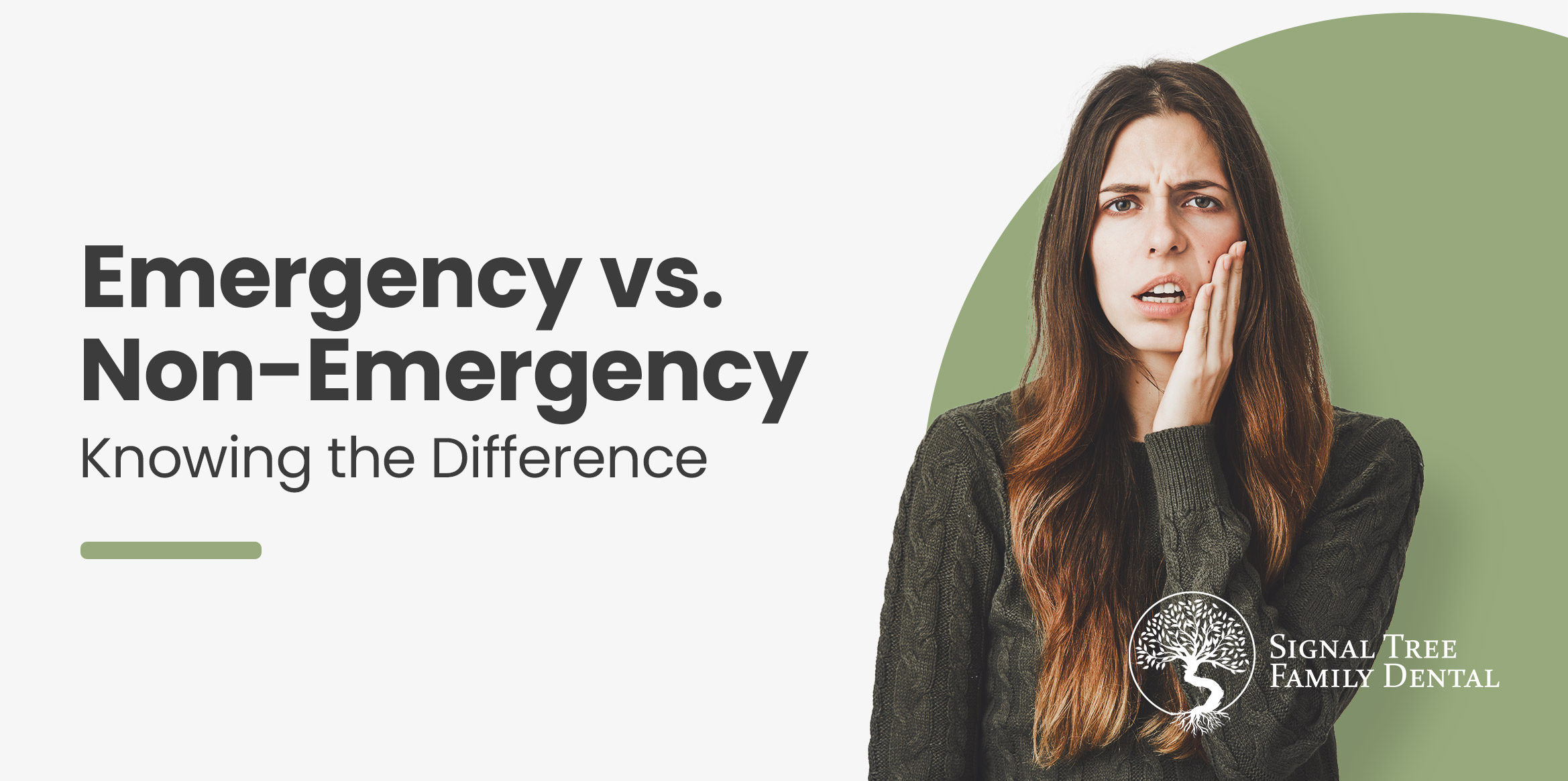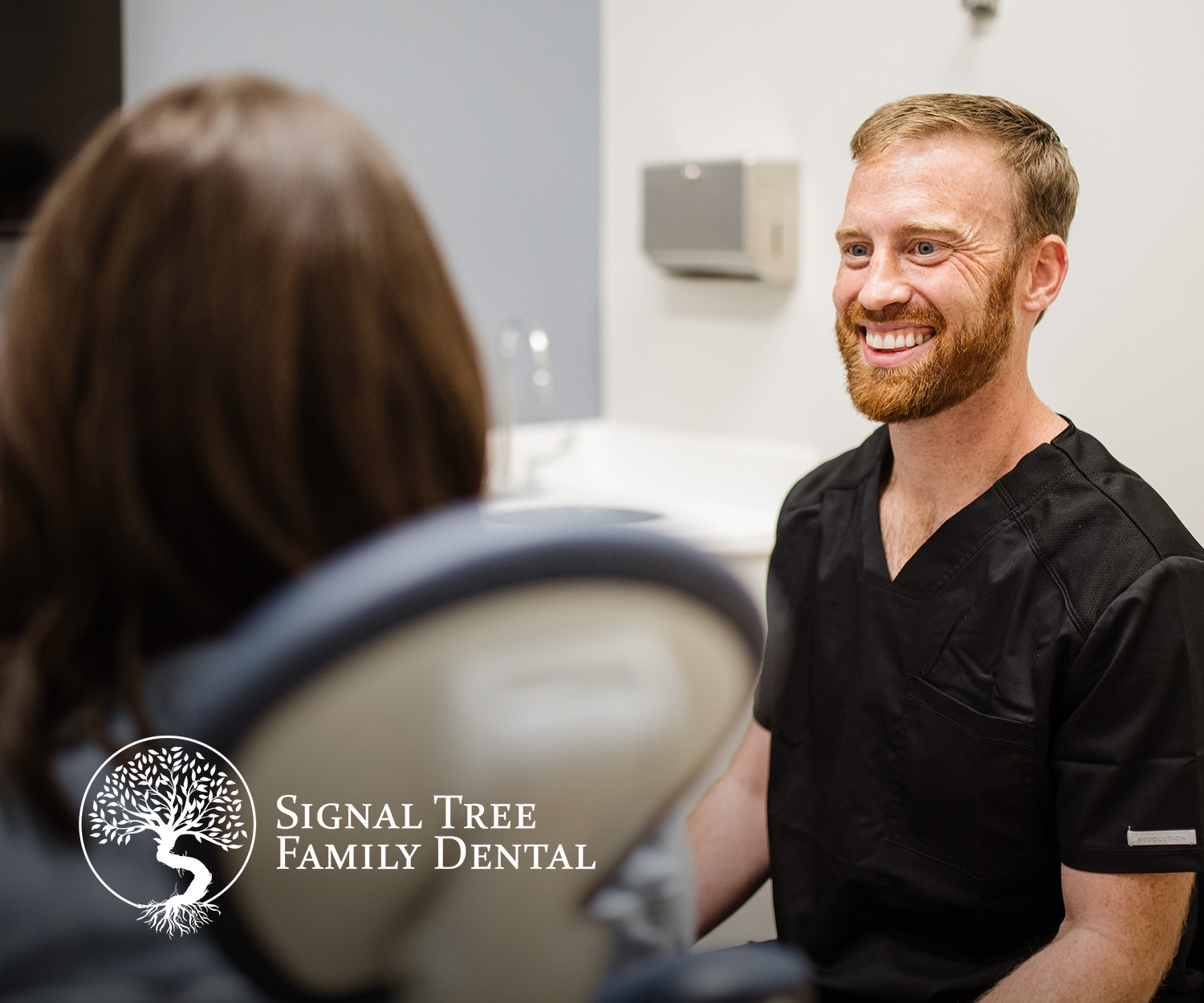Emergency vs. Non-Emergency Dental Issues: Knowing the Difference
Not all issues require immediate attention, but distinguishing between those that do and those that can wait for a scheduled appointment is crucial. Understanding the difference between emergency and non-emergency dental issues can save you from unnecessary panic, help you take the right action at the right time, and even save a tooth. Let’s delve into how to tell them apart.
What Constitutes a Dental Emergency?
A dental emergency is any oral health issue that requires prompt attention from a dental professional to alleviate severe pain, stop ongoing tissue bleeding, or save a tooth. These situations often involve acute discomfort or pain and can significantly impact your overall health if not addressed swiftly. Common dental emergencies include:
Knocked-Out Tooth
Immediate action can potentially save a knocked-out tooth.
Severe Toothache
Pain that is unbearable or not alleviated by over-the-counter painkillers.
Abscess or Infection
A severe infection can be life-threatening and needs urgent care.
Broken Tooth with Severe Pain
Especially if there are sharp fragments causing tissue damage.
Uncontrolled Bleeding
After a dental procedure or from an injury.
Non-Emergency Dental Issues
Non-emergency dental issues, while they may still cause discomfort or concern, do not require immediate attention and can be managed with a scheduled dental visit. These include:
Minor Toothache
Mild pain that can be controlled with over-the-counter medications.
Lost Filling or Crown
As long as there is no severe pain.
Broken or Cracked Tooth
If the break does not reach the tooth’s root or cause significant discomfort.
Food Stuck Between Teeth
This can usually be resolved with dental floss.
When In Doubt, Reach Out
If you’re unsure whether your situation is a dental emergency, it’s better to err on the side of caution and contact your dentist. Many dental offices offer emergency numbers or after-hours service for consultations. Your dentist can advise you on whether you need to be seen immediately or if the issue can wait until regular business hours.
Wear Protective Gear
Use mouthguards during sports or recreational activities.
Maintain Oral Hygiene
Regular brushing, flossing, and dental check-ups can prevent many emergencies.
Avoid Hard Foods
Hard candies, ice, and other similar foods can crack or break teeth.
Conclusion
Knowing the difference between emergency and non-emergency dental issues is key to responding effectively to oral health problems. Always prioritize your safety and health by seeking professional advice in uncertain situations. Remember, quick action in an emergency can make all the difference, but understanding when to wait is equally important in managing your dental health effectively.




